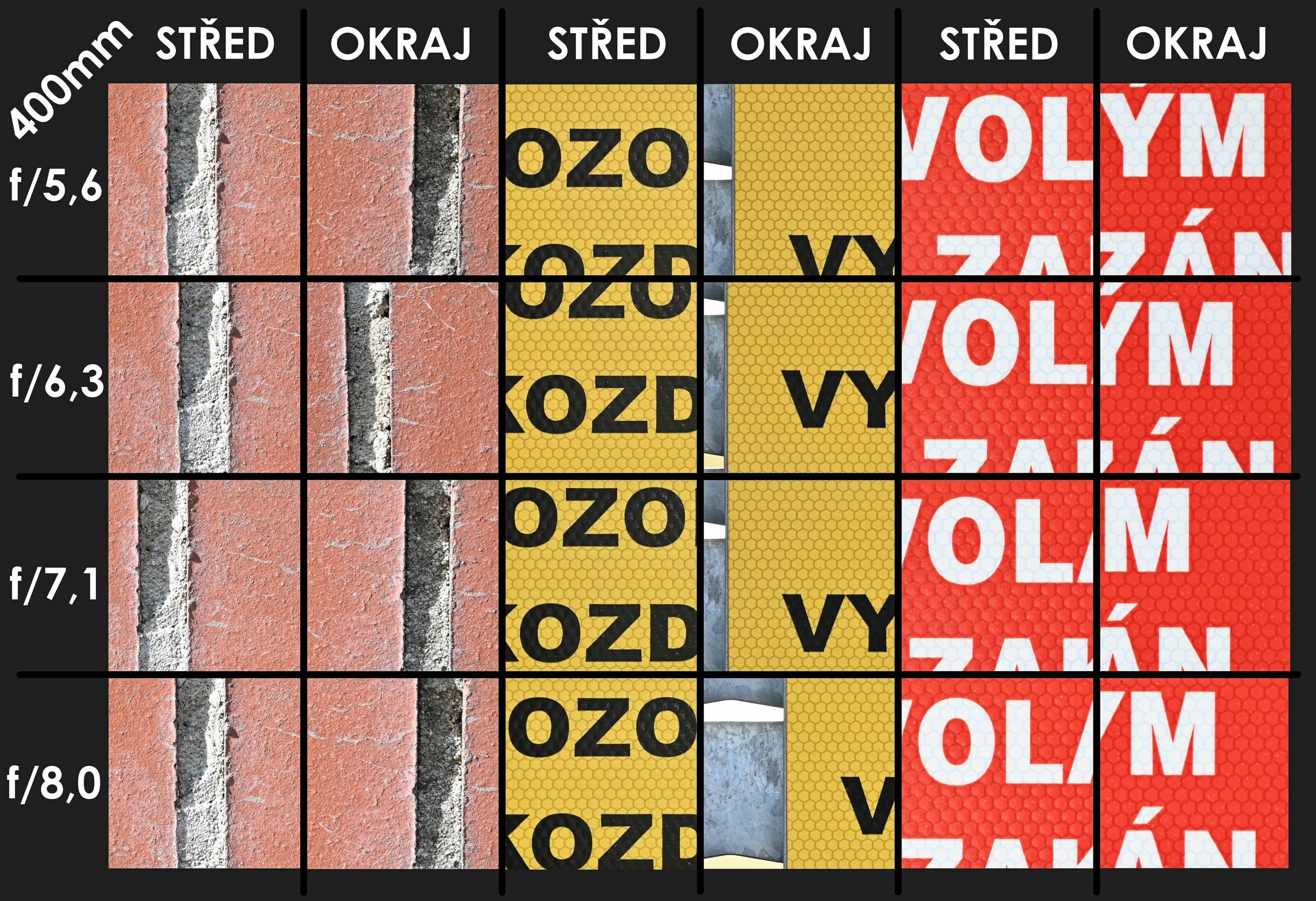Soccer Game through the Camera Viewfinder & Telephoto Lens Review
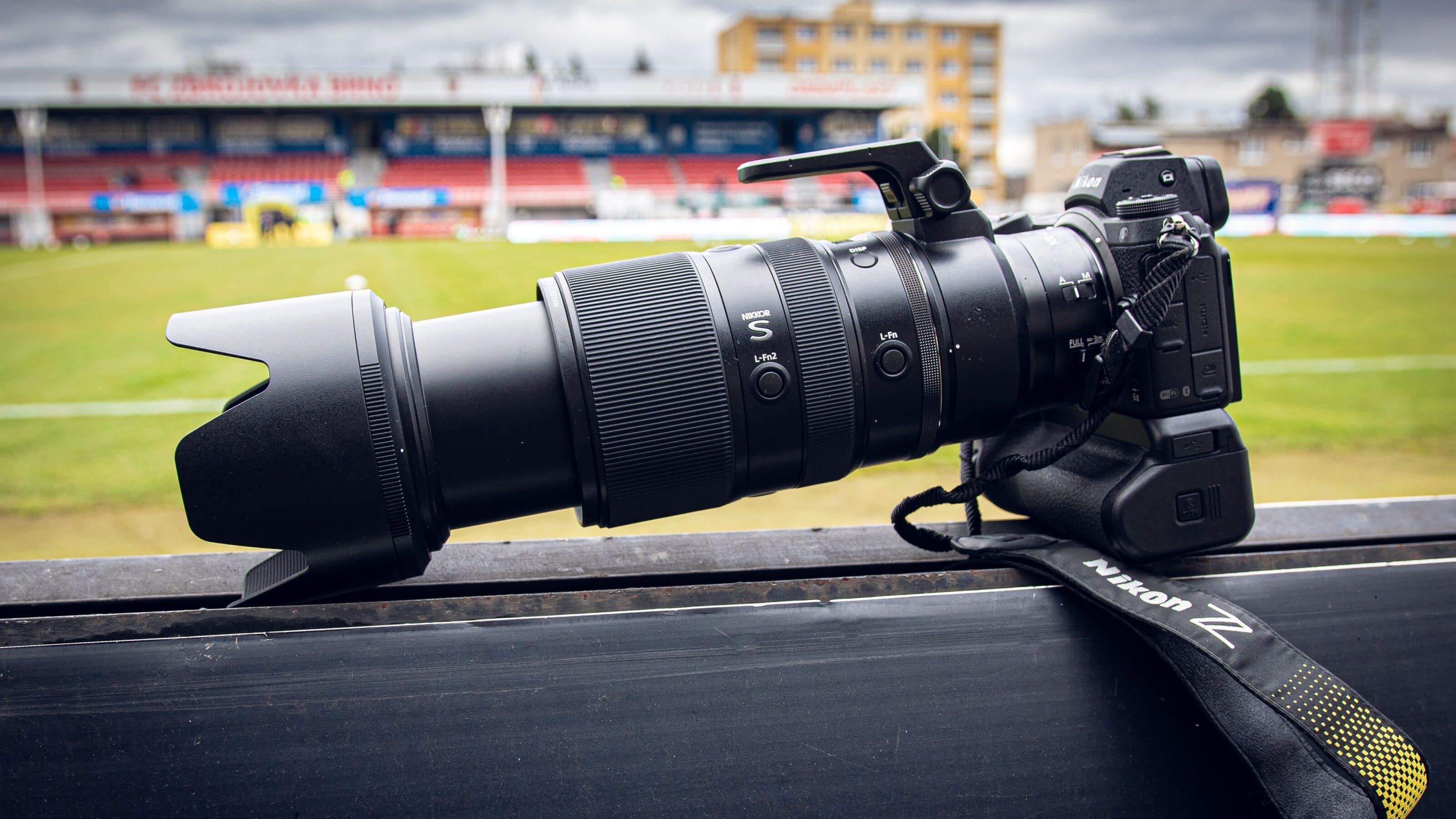
Buying a new camera lens can be a long process, let alone choosing the right telephoto lens. Finding a lens for my Nikon Z6II was a tougher decision than it seemed at first glance. I’m going to walk you through my selection process step-by-step, taking into account my requirements and the current market offerings. I’ll explain why I ultimately chose the NIKKOR Z 100–400mm f/4.5–5.6 lens. This article will hopefully serve as a useful guide if you find yourself in a similar situation.
Many aspects may influence your decision for a lens purchase, such as compatibility with other lens types, the use of an adapter, or the amount of zoom you require. I will go over f-number, autofocus speed, stabilization, vignetting, and other parameters. I will also consider the lens’ weight and dimensions.
The first deciding factor was whether I would look for a lens with the new Nikon Z-mount or buy one with the Nikon F-mount and purchase an adapter. Some lenses are slow to focus due to the adaptor and even though speed is crucial for sports photography, I didn’t dwell on this excessively. Autofocus speed is likely not a major factor for landscape photographers.
It’s important to note that I use an older 70-200mm f/2.8 VRII lens with an adaptor and I can’t say the autofocus speed is any slower. Every lens works differently with each camera and it doesn’t hurt to test focusing before purchase. The other disadvantage of the Nikon F-mount lenses is that they are not the future of Nikon, so finding them in the future may be a challenge.
I decided to purchase a Z-mount lens. My budget was $4,500. These are the options currently on the market:
1) Prime lenses (lenses with a fixed focal length):
- NIKKOR Z 400mm f/4.5 VR S (approx. cost $3,250)
- NIKKOR Z 400mm f/2.8 TC VR S (approx. cost $14,000)
- NIKKOR Z 600mm f/4 TC VR S (approx. cost $15,500)
- NIKKOR Z 800mm f/6.3 VR S (approx. cost $9,000)
2) Zoom lenses:
- NIKKOR Z 100–400mm f/4.5–5.6 VR S (approx. cost $2,700)
- Tamron 70-300mm f/4.5-6.3 Di III RXD (approx. cost $800)
The price of most of these lenses (except one which isn’t even Nikon) is over $3,000. Purchasing a used lens was not an option because these are mostly new lenses that aren’t being resold. Due to my budget, my choice was narrowed down to two lenses—a 100-400mm f/4.5-5.6 zoom lens and a 400mm f/4.5 prime lens. We’ll take a look at the zoom lens in this article and the prime lens in the next article.
Do you really need a zoom lens?
Could I get by with a fixed 400mm focal length or would it limit me when shooting? I’ve come to the conclusion that unless I have a second camera body with a permanent shorter lens, then yes, a 400mm prime lens is quite limiting.
To support my conclusion, I recorded some statistics of the focal lengths I used while shooting my last soccer game. Apart from a few wide-angle shots, I only used the 100-400mm lens for a total of 1575 images.
| Focal length [mm] | Number of images | Percent of whole [%] |
| 100–150 | 208 (50 on 100mm) | 13.2% (3.2% on 100 mm) |
| 155–200 | 322 | 20.4% |
| 205–250 | 267 | 17% |
| 255–300 | 201 | 12.8% |
| 305–350 | 105 | 6.7% |
| 355–400 | 472 (468 400mm) | 30% (29.7% 400mm) |
The results show that for 70% of the photos, I used a focal length shorter than 400mm. Therefore, if using a prime lens, it is necessary to have a second camera with a shorter lens as a backup. The shortest focal length was only used for a small percentage of the images. I can venture to say that a focal length smaller than 100mm is not necessary, even though there were times I used 35mm. On the other hand, focal lengths longer than 400mm may be useful for a significant portion of the images.
First look
As stated by Nikon, this is a professional-level S-series super telephoto lens. My first impression of the lens was very good and I could tell it was high-quality workmanship. Another sign of this is the complete weather sealing that protects the lens from dust and moisture, especially around the bayonet mount and moving parts. This is especially useful for sports photography.
When the lens zooms, you’ll find that it has good firmness and you don’t need to turn it like the helm of an old ship. You can zoom without overturning or even more comfortably with a flick of the wrist.
When you compare the dimensions with another 70-200mm f/2.8 lens, you’ll find that they are very similar, except that the 70-200mm tube does not extend. Another similarity is the 77mm size of the filter thread mount. The lens has a switch for autofocus and manual focus modes, a switch that limits the minimum focus distance to 3m, and two customizable buttons that can be used for setting many other functions.
The lens also has a control ring where you can set aperture, exposure correction, or ISO values. The lens has an LCD display that shows either the focus distance, focal length, or f-number. However, I don’t think it’s necessary and we could save some cash without it.
Something you may be used to from other telephoto lenses but won’t find on this lens is the stabilizer switch and the switch for different image stabilizer modes. These functions are controlled directly in the camera. It’s not a major disadvantage for me because I use U1, U2, and U3 modes. Each mode has different image stabilization settings, so I don’t have to set anything on the lens.
What some photographers, myself included, may have to get used to is that the zoom ring comes after the focus ring so you hold the lens very near the end. The advantage is that the lens doesn’t tip over and is easier to hold. The disadvantage is that, at least at the beginning, you have to be careful not to also turn the focus ring when zooming. But I believe it’s only a matter of habit.
One more little detail that will make you happy is that the package includes a cloth protective lens case.
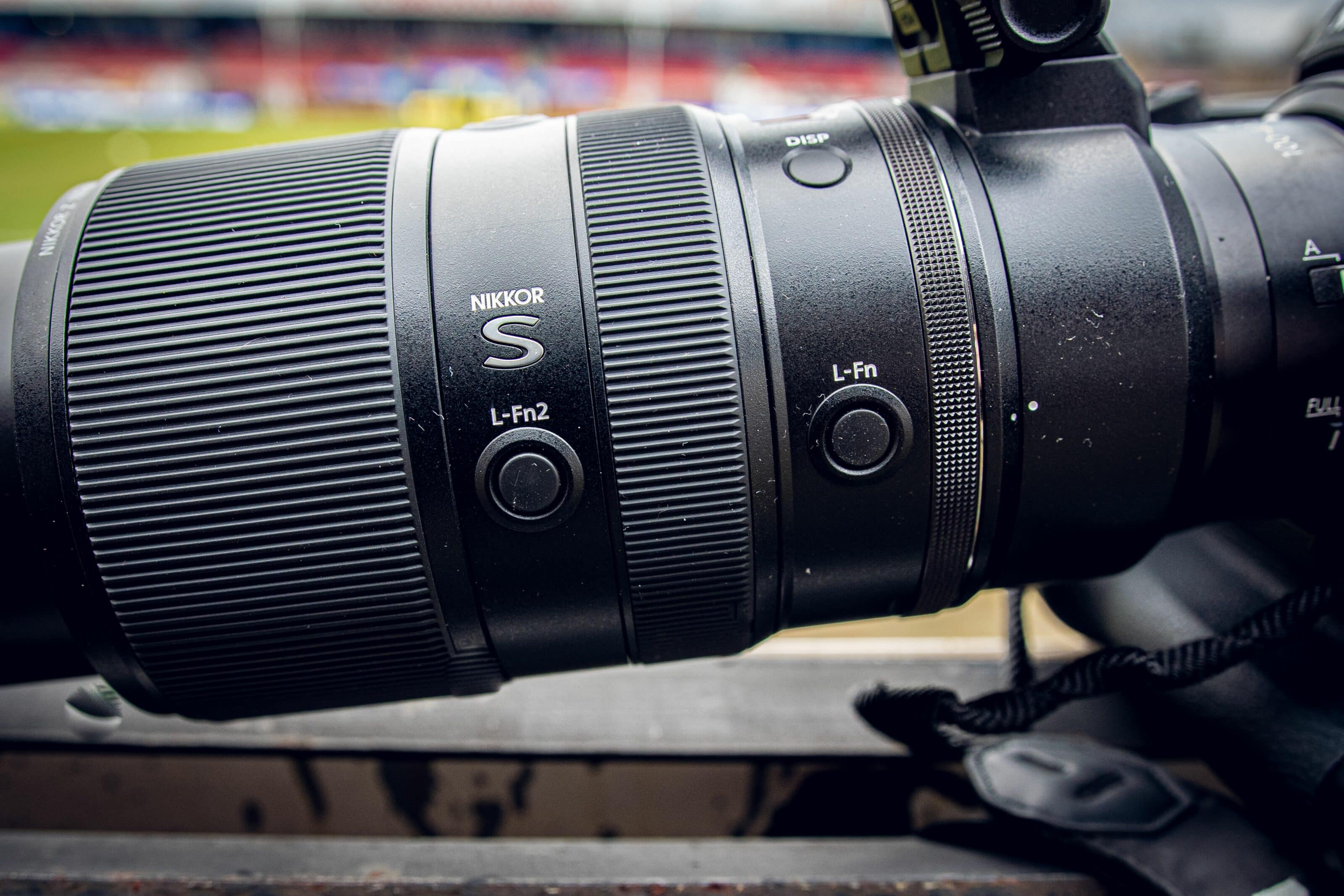
A few technical specifications that may be of interest:
- Weight including bayonet with tripod mount—1435g
- Number of aperture blades–9
- Highest viewing scale—1/2.6
- Shortest focal distance—from 0.75m (for 100mm) to 0.98m (for 400mm)
- Filter mount diameter—77mm
- Coating—Anti-reflective Nano Crystal Coat, fluorine coating, ARNEO anti-reflective coating
Sharpness and contrast are a dream come true
The lens’ defining qualities are its sharpness, contrast, and detail. With zoom lenses, we assume that these are inferior to prime lenses and this is also true for this lens. A 400mm f/4.5 lens will be sharper, but is this difference significant? We’ll answer that question in another article where we compare the two lenses. If you enjoy precise data and graphs, the following may interest you.
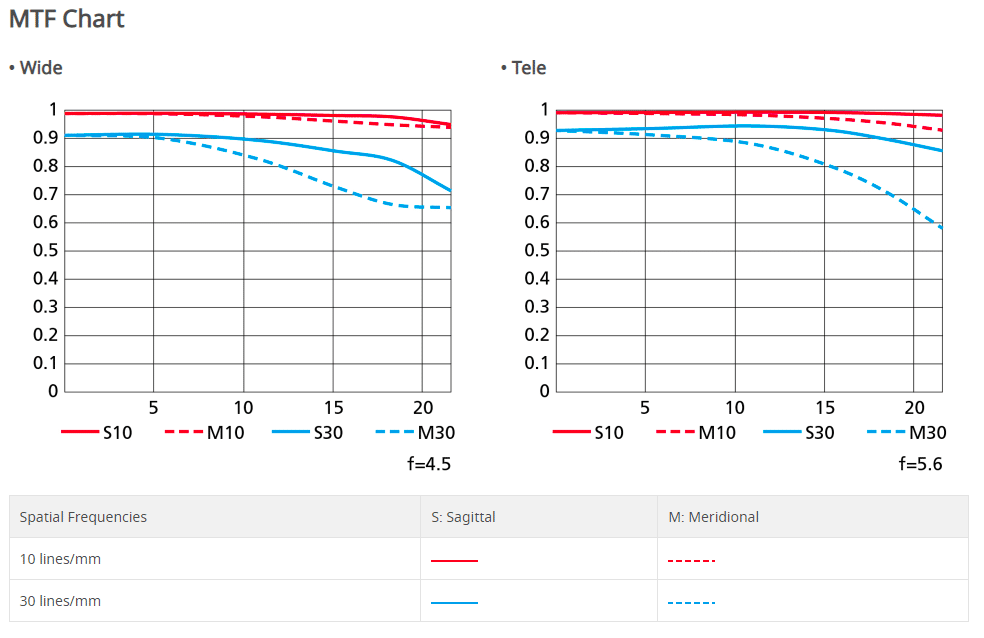
If you’d like to read some background on MTF charts, I recommend this article from the Nikon blog.
The ephotozine.com website also offers a comparison where you can see graphs of the sharpness of each focal length for the image center and edges.

The charts show that sharpness stays high even at the edges of the image using the lowest possible aperture. You can see that as focal length increases, sharpness slightly decreases, but the values are still good and I didn’t feel the need to additionally sharpen during use. The truth for sports photography is that no one expects to be able to count the eyelashes of the athletes.
I did my own brief comparison for focal lengths of 100mm, 200mm, 300mm, and 400mm. I came to the conclusion that additional sharpening doesn’t result in any significant change in sharpness at any focal length. There are probably slight differences, but they are not significant enough to require additional sharpening while shooting sports photography.
The images are 1:1 crops of photos taken in jpg format, downloaded directly from the Nikon Z6II camera where the sharpness settings were set to the standard Sharpen +3.0, Sharpen in the center +2.0, and Clarity +1.0. If you post sharpen the photo and use the Texture function, you can get even better results.

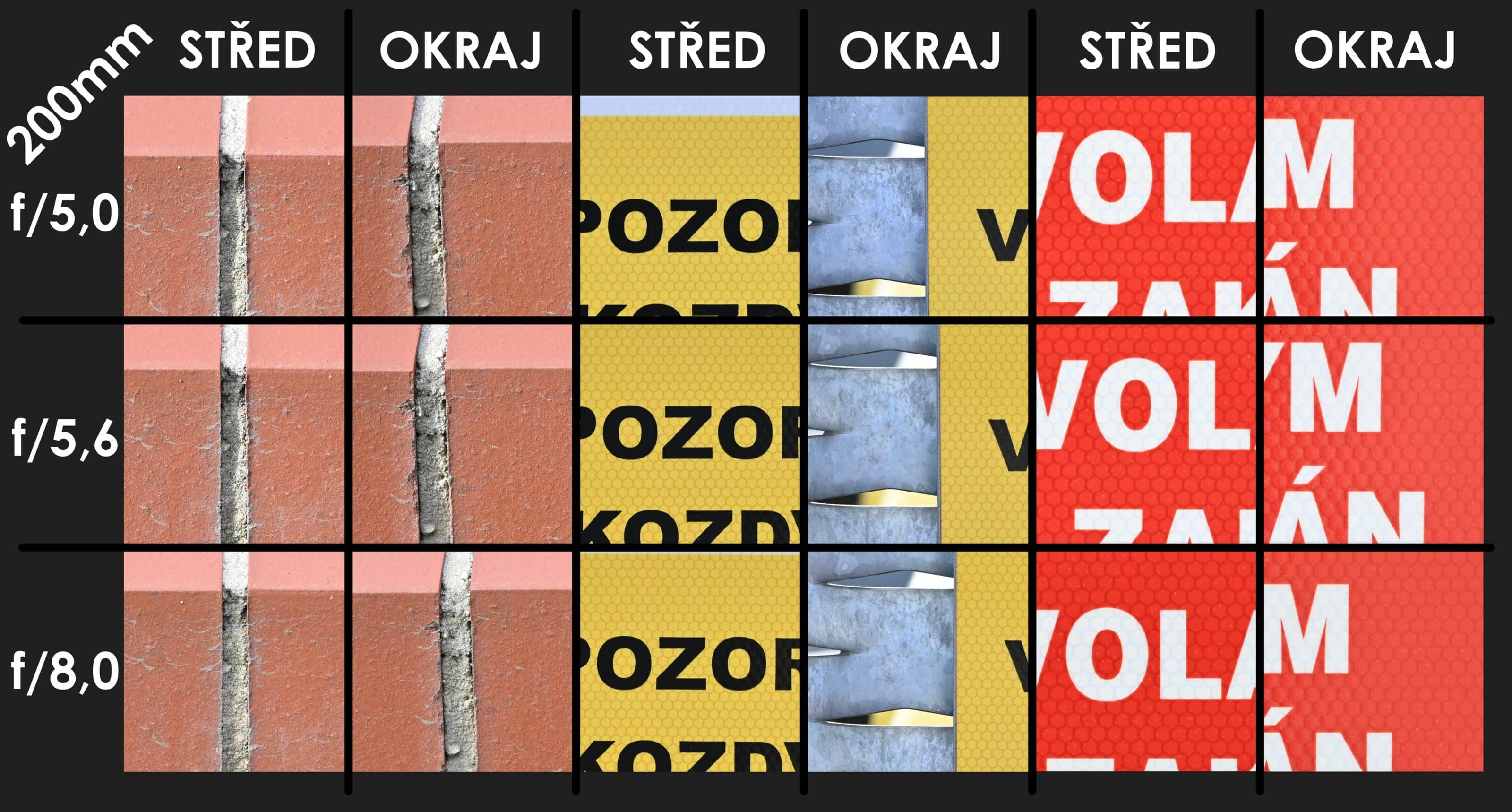
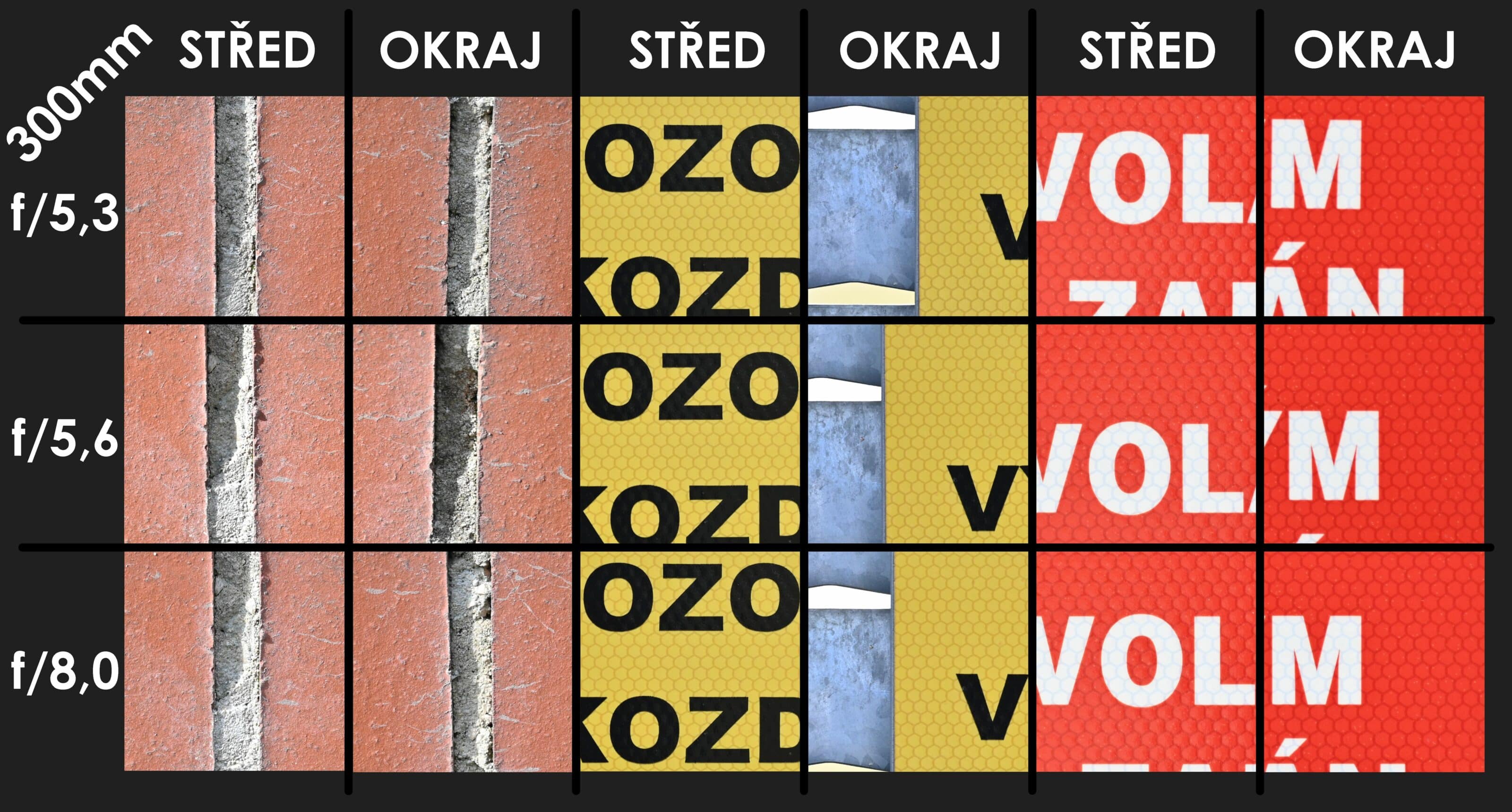

Preview of quick post sharpening in Zoner Studio in the Develop module—Texture +50 and Sharpness +100
Autofocus speed
Another important factor is autofocus speed, which I had no issues with. I use the lens with a Nikon Z6II and autofocus is both reliable and fast. It is not the fastest lens you can buy, but it is sufficient for sports photography and I believe it will be even better with the Nikon Z9.
I compared it to the autofocus of a Nikon 70-200 2.8VRII lens and found the autofocus speed of the 100-400 lens the same, if not a hair better. It’s important to not be limited by autofocus speed when doing sports photography.
Lens speed is slightly decreased
Lens speed may be an issue for some. More experienced photographers probably agree that f-numbers in the range f/4.5-f/5.6 aren’t exactly suitable for indoor sports photography or sports photography in artificial light in general.
Focal length range for each f-number:
| f-number | Focal length [mm] |
| f/4.5 | 100–125 |
| f/4.8 | 126–180 |
| f/5 | 181–270 |
| f/5.3 | 271–350 |
| f/5.6 | 351–400 |
With artificial light, you should start at an ISO setting of 12,800. With modern sensors, you can still get a usable photo. However, this is the moment I switch to the Nikon 70-200 f/2.8 lens, even if it means more cropping.
The other issue that comes with a larger f-number is the subject doesn’t stand out as much from the background. This is where a prime lens with a fixed focal length often wins out, which you can see here. You’ll see a bigger difference with the NIKKOR Z 400mm f/2.8 but that’s an entirely different price point.
Surprisingly good image stabilization
I was pleasantly surprised by the lens’ excellent stabilization. Nikon lists an image stabilization of up to 5.5EV which means that it should have a focal length of 400mm handheld at a speed of 1/10s. Let’s take a look.

In another review, the writer managed to get sharp images at 1/6s. I didn’t manage to do that handheld, even at a speed of 1/10s. In the end, even though it wasn’t 100%, I had success with speeds of 1/15s-1/20s and the 400mm focal length worked well for me. A strange optical defect of the image stabilization is that the picture in the viewfinder always shifts slightly after the picture is taken. It’s not necessarily a bad thing, but it is noticeable.
I now realize that someone who regularly does sports photography may be saying that image stabilization is not needed for sports photography. Photos are taken at very fast speeds and stabilization can be counterproductive. While this is true, there are still quite a few situations during sporting events where you’ll use it. For example, for “still” portraits in low light conditions or photos of the fans in the stands.
Vignetting, aberration, backlight, and distortion
These are things I don’t deal with very much. I can easily remove vignetting, though I tend to add vignetting more often than not. Aberration is more of a challenge to remove, but it’s not usually a major problem. Distortion can be corrected using photo editing software. The only issue that remains is glare in backlight.
I run into problems with backlight more due to loss of contrast and saturation than lens flare. This can sometimes make for an interesting photograph. I think that this lens handled the backlight and lens flare well. There was still lens flare at certain angles, but that is something I expect.
These images are unedited. In the second photo, a protective filter was used while shooting which may have added some flare.
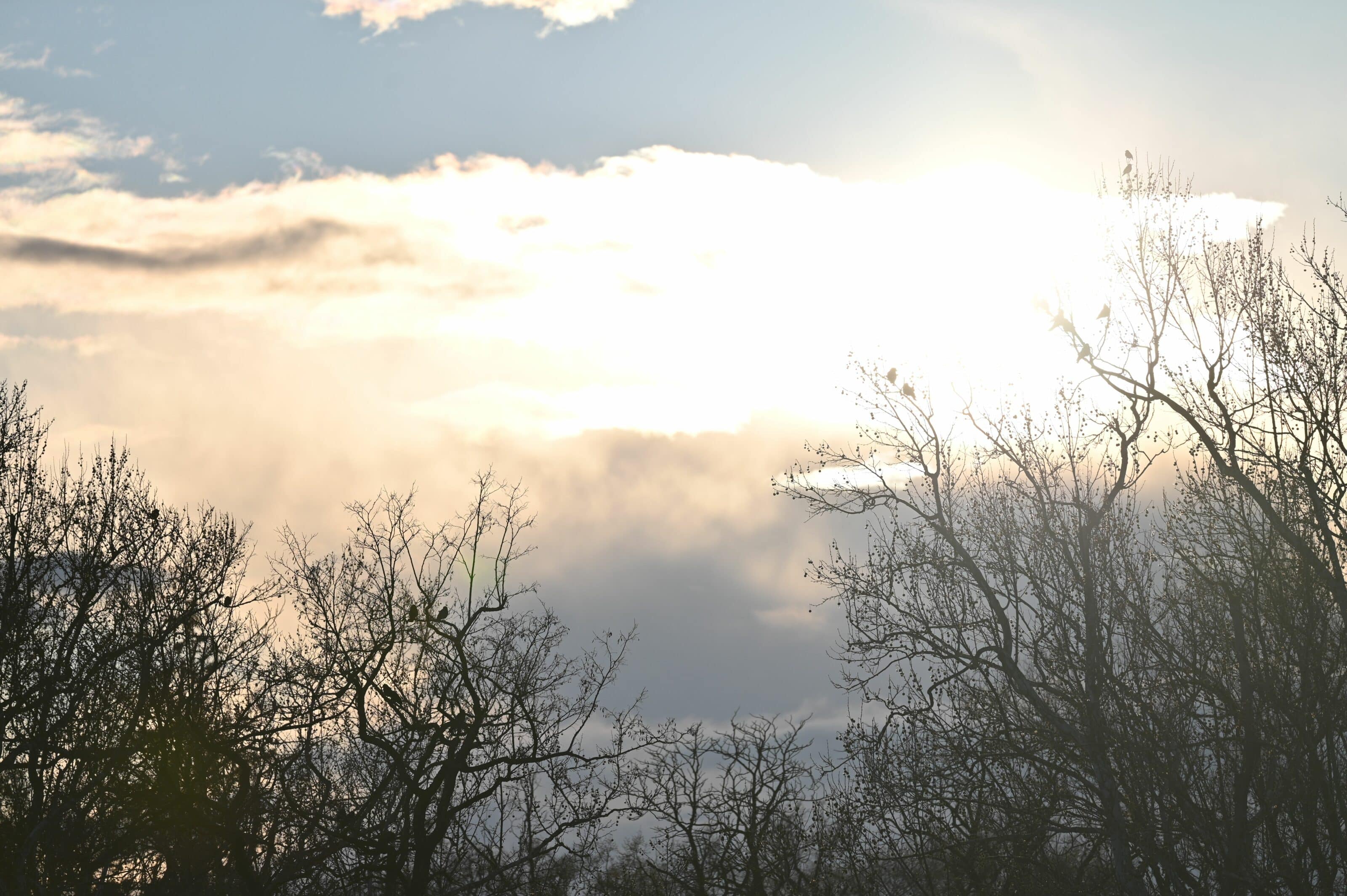
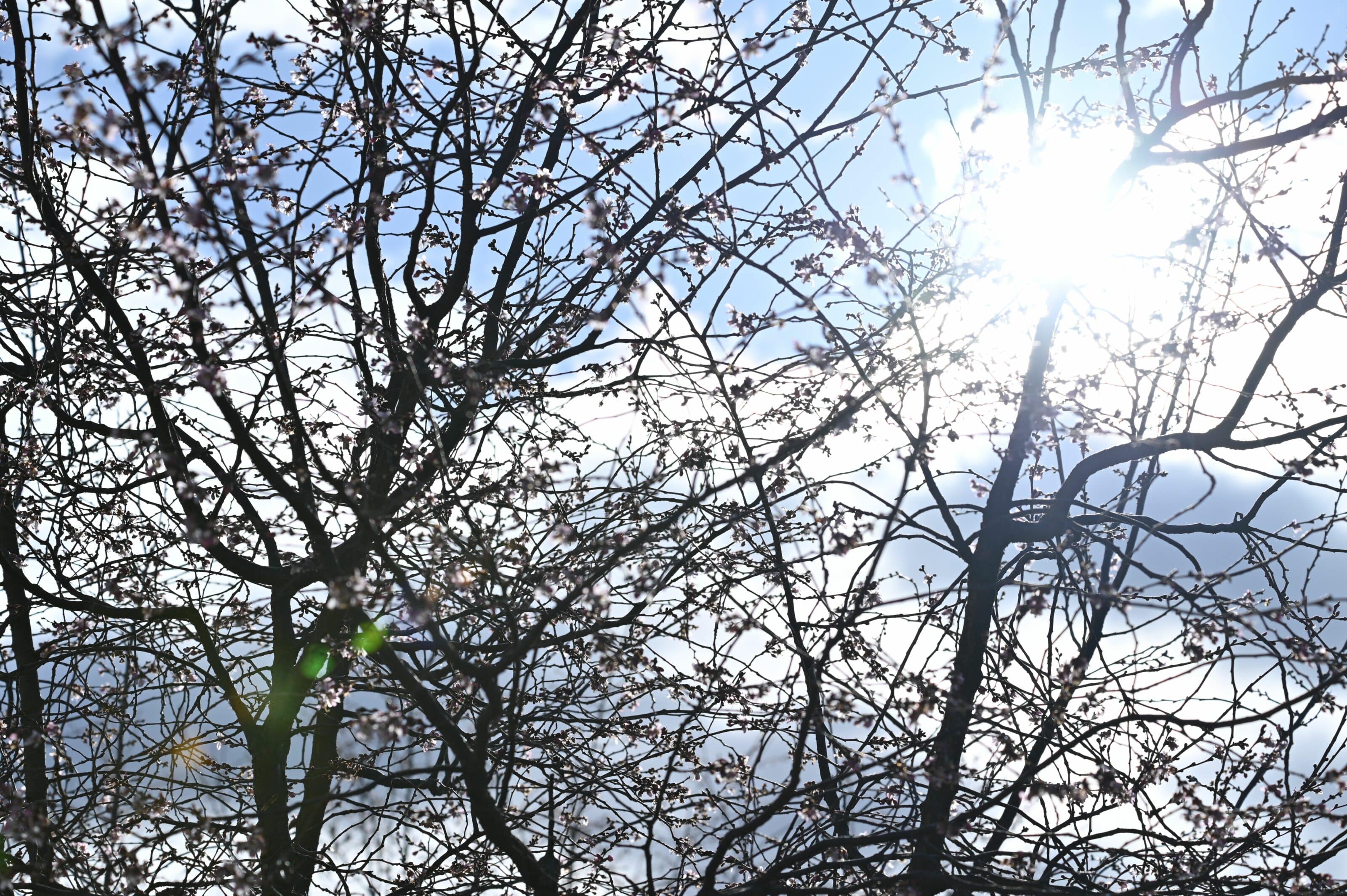
Compatibility with a teleconverter
You can also use a teleconverter with this lens. I haven’t tried it myself nor do I have plans to try it for sports photography. An f/8 aperture at 1.4x zoom is too much.
In closing
The lens pleasantly surprised me, both by its sharpness at the lowest possible aperture, as well as its stabilization and overall precision. Its focusing speed didn’t disappoint, but it didn’t amaze me either. I also may be able to live without the LCD and control ring. The focal length of 100-400mm is perfect for soccer games. If you’re shooting during the day, it’s definitely a good all-around lens and I’m glad I purchased it.
Whether the benefits of this lens can outweigh its price, which isn’t low at all for a general-purpose lens is still to be decided. For example, Sony offers this lens for essentially the same price. If you have any personal experience, comments, or questions feel free to add them to the comments or contact me on Instagram.
HTML galerie 1
